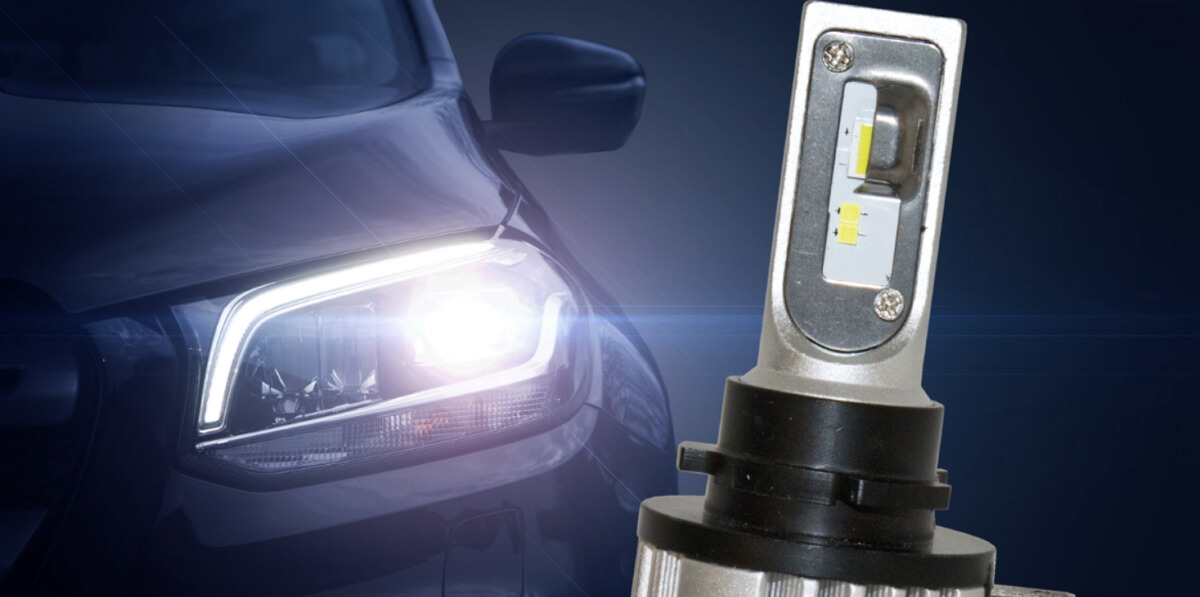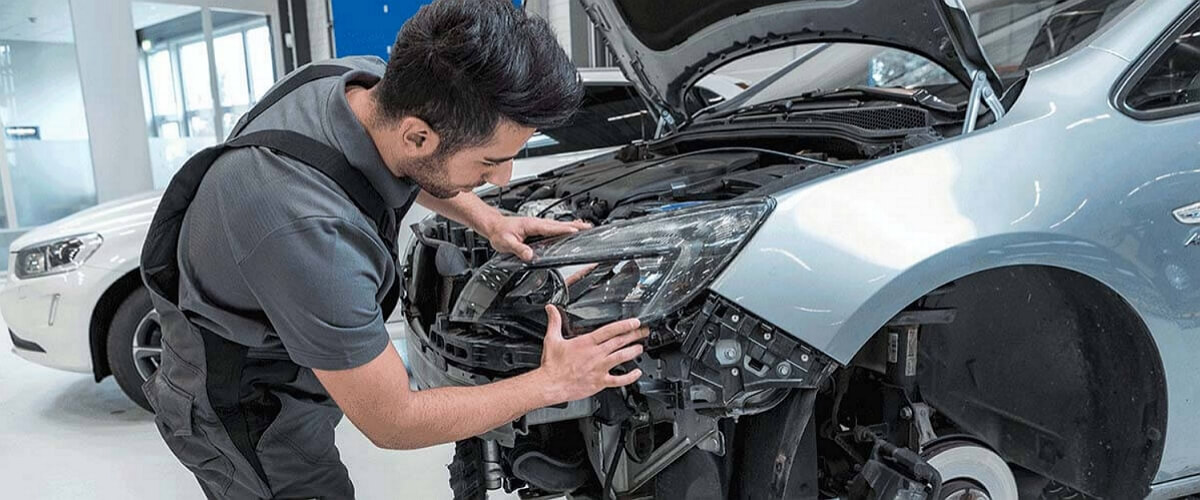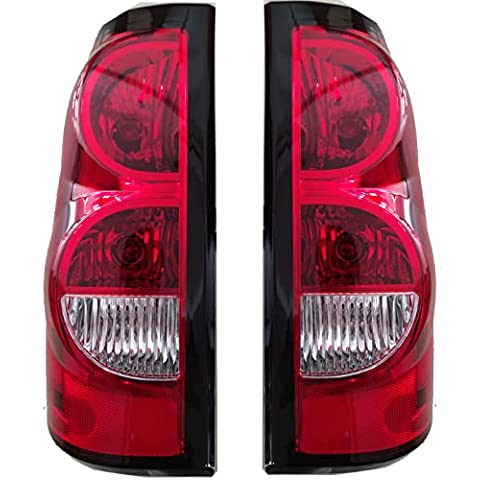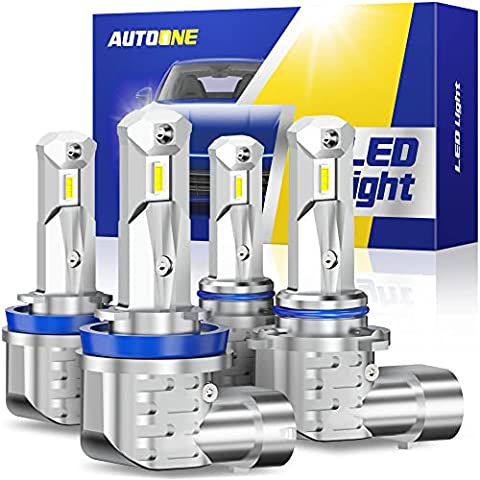Are LED Car Light Bulbs Good for Projector Headlight Housing?
Automotive lighting solutions, particularly for projector headlights, are evolving at a fast pace and becoming essential for consumers. Many enthusiasts are now embracing the idea of retrofitting projector housings with LED headlight bulbs, as they make for a smart and efficient upgrade.

Bi LED Projector Light 3inch Car Headlight Lights For 3R G5 Lens High Low Beam


2X H4 H7 H11 9005 9006 Bi LED LHD Mini Projector Lens Headlight Bulbs 300W

Projector Headlight Bulbs Bi LED Lens Projector with Fan H4 Mini Projector Lens
As LED headlights continue to steal the limelight, outshining halogens and HIDs, more people are eager to join the bandwagon. However, some remain skeptical about whether LEDs are compatible with projector headlights.
There is no reason for hesitation. It’s high time to understand why LEDs are the top pick for projector headlights.
In this article, let’s dive into why Hikari Future LED conversion light bulbs are the go-to choice for projector headlights. Besides, we will cover a lot of technical details that will explain, what exactly makes them a good choice. So, if you decide to go with a different brand, you will easily take this outline of the characteristics and pick the other LED headlights that will meet these criteria. This article is not just another review, but a strong technical guide for those, who wish to make informed decisions.
Understanding Projector Headlights

Let us start with the basics. Projector headlights employ a combination of a metal bowl, mirrored reflectors, a shutter, and a lens. Unlike reflector headlights, projector headlights use a lens and a shutter, which allow for precision light focusing. The lens reinforces the light beam, concentrating it to enhance visibility over a longer distance. The shutter, on the other hand, helps cut off stray beams ensuring the light is directed where needed.
Exploring Various Types of Headlight Housing
- Projector-Reflector Integrated Headlights. In this hybrid system, the projector is used for the low beam and the reflector for the high beam. Upgrading to Hikari Future LED bulbs in such systems offers excellent results compared to halogens.
- Dual-Beam Projector Headlights. With one bulb serving both high and low beam functions, the Hikari Future LED bulbs provide a perfect beam pattern that doesn’t blind other drivers.
- Reflector Headlights. Though this type doesn’t have a projector, retrofitting it with Hikari Future LED bulbs will still yield a clear cutoff line and excellent light beam patterns.

Optimum Brightness for Projector Headlights
Selecting the right brightness is crucial. Too much light can blind other drivers. Hikari Future LED bulbs generally fall within the 4000-5000 lumens range, which is ideal for projector headlights.
Are Hikari Future LED Bulbs Compatible with Projector Headlights?

An unequivocal “YES.” Retrofitting your projector housing with Hikari Future LED headlight bulbs results in phenomenal nighttime driving performance. Here’s why LEDs are favored:
- Hikari Future LED bulbs are energy-efficient. They produce incredibly bright light while consuming minimal power. Combined with the projector’s lens and shutter, these bulbs create focused and well-defined beams, improving visibility.
- The structure of Hikari Future LED bulbs, consisting of multiple small LEDs, can be designed into various shapes, allowing for customized beam patterns. Although not as bright as HIDs, when installed in projector housings, they yield sharper and more defined light.
- Known for their long lifespan, Hikari Future LED bulbs are crafted from premium materials like aluminum and are also waterproof. Their durability minimizes maintenance costs and makes them a cost-effective investment.
Testing the Hikari Future LED Bulbs
It’s important to test the bulbs once installed to ensure they are performing at their optimum. Take a night drive in different environments such as city streets, highways, and rural areas to check how the lights perform. Additionally, make sure the beam pattern is properly aligned and not blinding other drivers.

Key Considerations Before Purchasing
Before you make the switch, there are several key considerations to keep in mind:
- Vehicle Compatibility: Check if the Hikari Future LED bulbs are compatible with your vehicle’s make and model.
- Legal Requirements: Some regions have regulations regarding the brightness and color of headlight bulbs. Ensure that the bulbs you choose comply with the legal requirements in your area.
- Warranty and Support: Check the warranty information and if the manufacturer provides customer support in case you face any issues with the bulbs.
Making the switch to Hikari Future LED conversion light bulbs for your projector headlights is a smart move. Not only will you benefit from improved visibility and a more focused light beam, but also enjoy a modern look and feel for your car. Additionally, with the low power consumption and long lifespan, these bulbs are a cost-effective upgrade that will serve you well for years to come. Before making the switch, remember to check vehicle compatibility, legal requirements, and warranty information.
How to Swap Out and Install LED Bulbs in Projector Headlights
Disclaimer: These guidelines serve as a general overview and are not meant to replace the specific instructions for your vehicle. Always consult your vehicle’s owner’s manual or repair guide before attempting installations or repairs.

Upgrading your car’s standard headlights to LED projector headlights is a great way to improve visibility and give your car a fresh, modern look. Although it may require some patience and a little know-how, purchasing an LED conversion kit will make the process smoother. Here’s a step-by-step guide to help you out.
Steps to Upgrade to LED Projector Headlights
- Determine the Type of Headlights You Have: Consult your vehicle’s owner’s manual, get in touch with the manufacturer, or remove one of the headlights to find out what type of bulb is in use.
- Acquire an LED Conversion Kit: Choose a conversion kit that’s compatible with your vehicle’s headlight type. The kit should include everything you need for the swap and detailed instructions.
- Review the Conversion Kit Instructions: Before diving in, take a moment to thoroughly read through the instructions that come with your conversion kit. This will give you a solid understanding of the steps and components involved.
- Safety First: Ensure the vehicle is turned off, and the headlights have cooled down. This will prevent any electrical issues and keep you safe during the installation.
- Pop the Hood and Locate the Headlight Bulbs: Once you’ve opened the hood, find the back of the headlight assemblies where the bulbs are located, and disconnect the wiring harness from the bulb.
- Remove the Old Bulb: Depending on your vehicle, you may need to unclip a metal retainer before twisting and pulling out the old bulb. Keep these bulbs in a safe place if you ever want to switch back.
- Install the LED Bulb: Follow the conversion kit’s instructions to install the new LED bulb into the headlight housing. This process may vary based on the design of your headlights.
- Connect the Wiring: Attach the LED bulb’s wiring to the original wiring harness. Ensure the connections are secure.
- Secure the Wiring: Make sure the wiring is secured properly, away from any areas that generate heat or places where the car’s vibrations might loosen them.
- Test the Lights: Before closing the hood, turn on your vehicle and check if the new LED headlights are working properly.
- Final Adjustments: After confirming that the lights are functioning, you might need to adjust the beam pattern to ensure it’s focused and not blinding oncoming traffic. Consult the conversion kit’s instructions for guidance.
And that’s it! You’ve successfully upgraded your car with LED projector headlights. Drive safe and enjoy the enhanced visibility and sleek look of your new headlights.
Projector Headlights vs. Reflector Headlights
It’s a headlight showdown! When it comes to illuminating the road, headlights play the starring role. Two types are in the limelight: Projector and Reflector headlights. As the popularity of projector headlights shifts into high gear, it’s time to shine a light on the differences and help you decide which one is the headlight hero for your ride.

The Showdown Begins: Projector vs. Reflector. More and more cars are rolling out of the factories with projector headlights these days. Reflector headlights, on the other hand, are the classic option. But what if you’ve got an older car? You might be thinking about retrofitting it with projector headlights. Great idea! But let’s weigh the pros and cons before you rev up that engine.
Projector Headlights: The Pros
- A Bright Idea: Projector headlights are typically brighter than their reflector counterparts.
- Be Kind to Fellow Drivers: They are less likely to cause night blindness in other drivers due to their focused beam.
- No More Shadows: Say goodbye to dark spots! Projector headlights produce an even light pattern.
Projector Headlights: The Cons
- Pricey Proposition: They can be more expensive than reflector headlights.
- Bulkier Build: Projector headlight assemblies are usually deeper, so they take up a tad more space.
- DIY Dangers: Retrofitting an older vehicle? Be cautious. A bad installation job could spell trouble.
Is LED the Star of the Show in Projector Headlights?
In the past, halogen or HID bulbs were the lead actors in projector headlights. But LEDs have entered the stage, and they’re stealing the show! They are super bright – up to 300% brighter than standard halogen headlights. However, critics say that while LEDs light up the immediate road with a strong beam, they may not be the best at lighting up the distant path, which could be a concern for safety at high speeds.
How Bright is Just Right?
Brightness in bulbs is all about lumens. A good ol’ halogen usually gives out around 1,300 lumens, while modern HID bulbs kick it up a notch with about 3,000 lumens. LEDs? They’re the lumens leaders with 2,000 to 4,000 lumens.

But hold your high beams! There’s such a thing as too bright. According to a study by RAC, a whopping 89% of drivers feel that some car headlights on the road are just too dazzling. This isn’t just annoying – it can be dangerous. Source: https://www.rac.co.uk/report-on-motoring
Final Verdict If you’re in the market for a new car or thinking of upgrading your headlights, projector headlights, especially with LED bulbs, are a fabulous choice for brightness and even light distribution. Just make sure the brightness is tuned to be considerate of other drivers. And if you’re retrofitting an older car, it might be a good idea to consult a professional to ensure a safe installation.
Remember, a well-lit road is a safer road. So, make the bright choice! Happy driving! 🚗💨
 Steven is a certified mechanic and technical writer at Halo Headlights. Steven is excited about fast cars, loud music and car mods. On yearly basis he visits SEMA, as well as other car shows.
Steven is a certified mechanic and technical writer at Halo Headlights. Steven is excited about fast cars, loud music and car mods. On yearly basis he visits SEMA, as well as other car shows.
He has installed thousands of HID and LED kits and did hundreds of custom headlight retrofit projects. Now, he is ready to share his experience with Halo-Headlights.com readers.
Questions and Answers
Q: How long do Hikari Future LED bulbs last?
A: Hikari Future LED bulbs are known for their longevity, usually lasting over 30,000 hours.
Q: Can I install Hikari Future LED bulbs myself?
A: Yes, Hikari Future LED bulbs are designed for easy installation. However, if you are not comfortable doing it yourself, it’s recommended to get them installed by a professional.
Q: Will Hikari Future LED bulbs work with my existing projector headlights?
A: Generally, Hikari Future LED bulbs are compatible with most projector headlights. However, it’s always best to check the manufacturer’s specifications.










